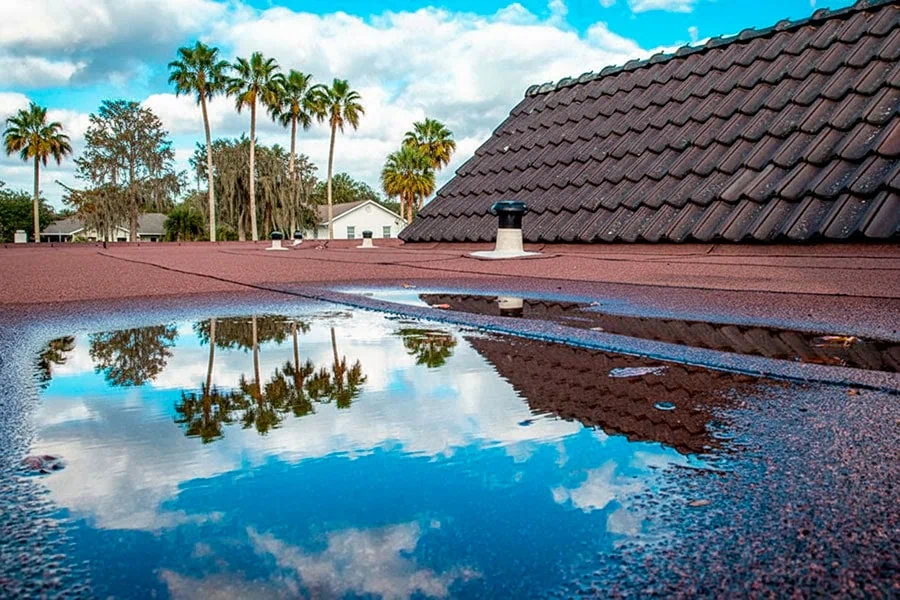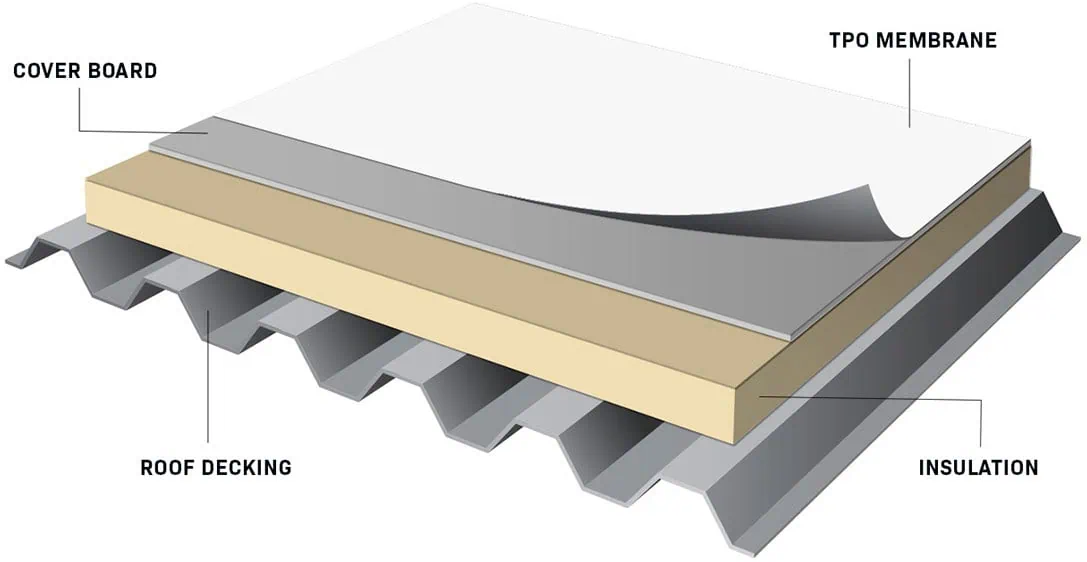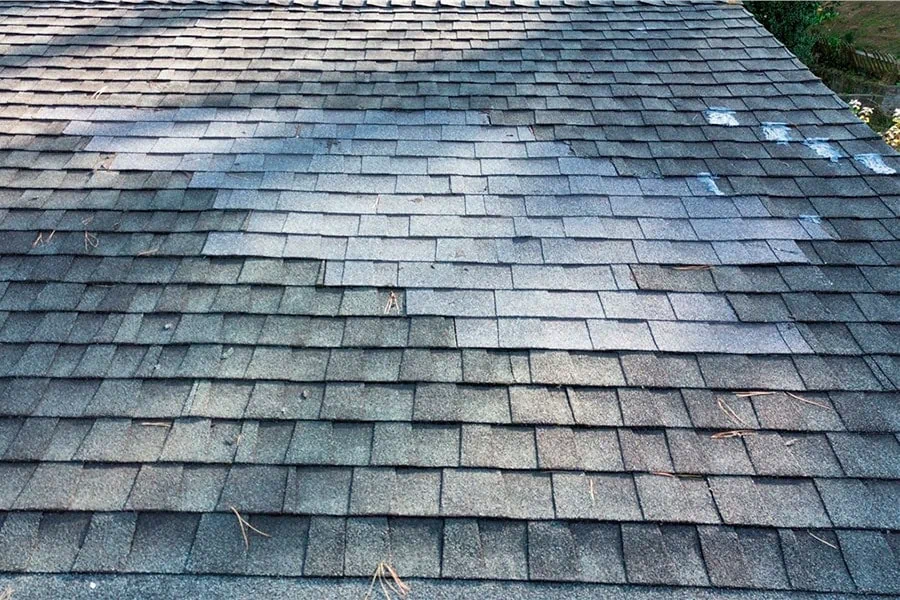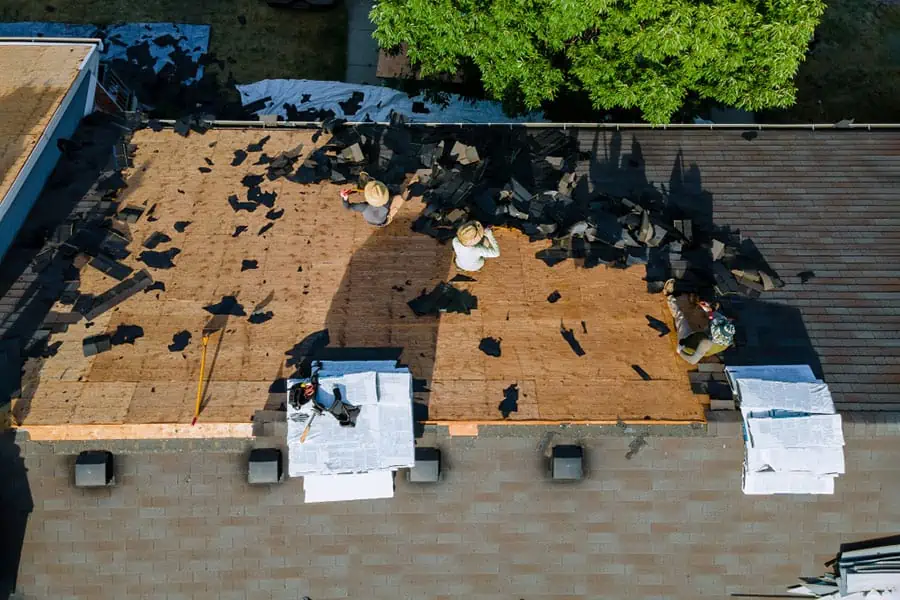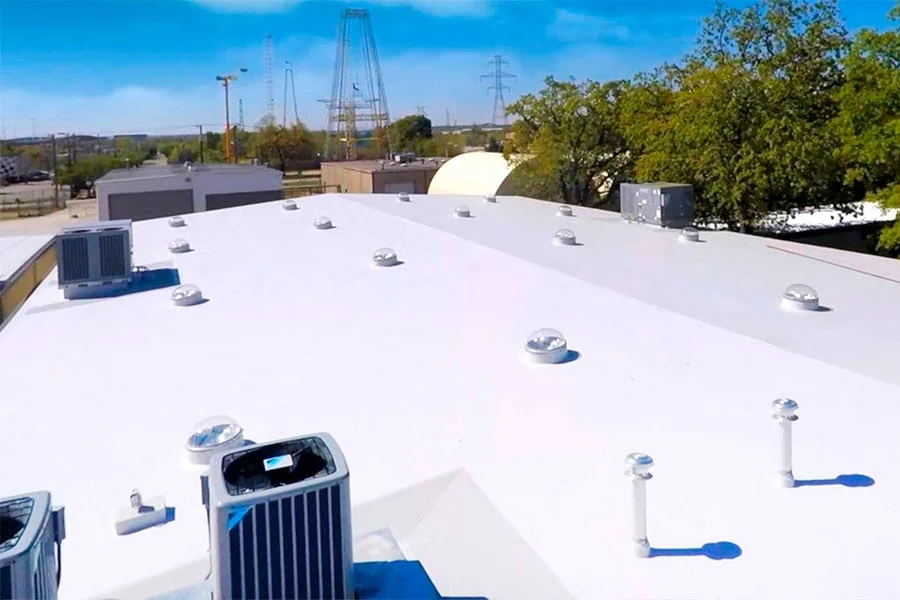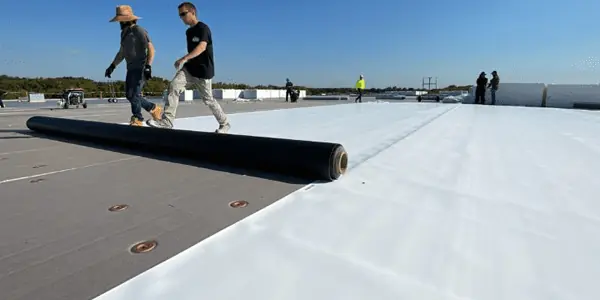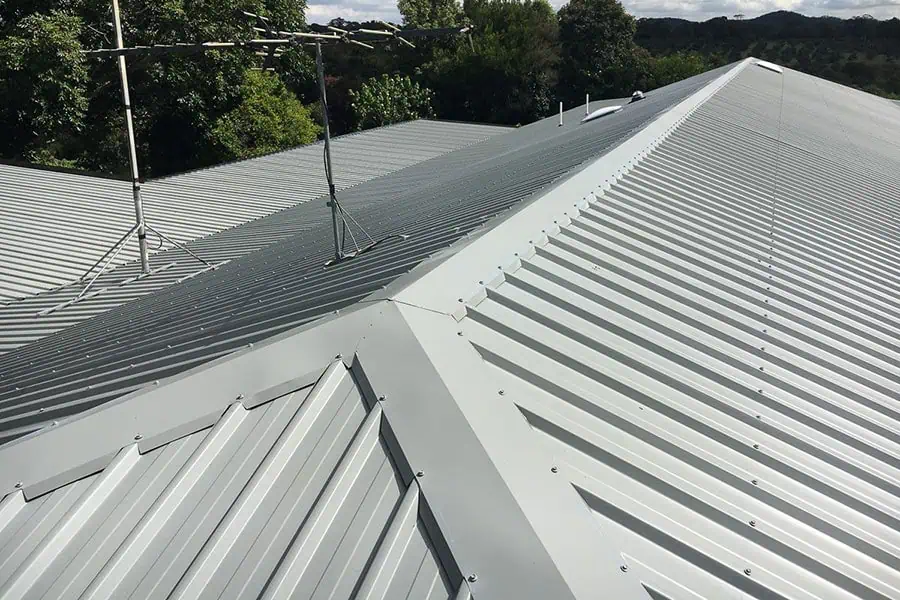Storm Damage Roof Repair in Brandon, FL – What to Do in the First 48 Hours
If your roof was hit by a storm in Brandon, the first 48 hours are critical — you’ll need to check for visible damage, prevent water intrusion, document everything, and schedule a professional inspection as soon as conditions are safe.
Here in Brandon, storm season usually peaks from June through November when tropical systems push inland from the Gulf. Afternoon thunderstorms are almost daily, and they often bring sudden wind gusts strong enough to lift shingles or clog gutters with oak leaves and moss.
If your roof in Brandon, FL was recently affected, this guide gives you a clear step-by-step plan to protect your home and know when it’s time to call in a local roofing professional.
For full restoration help, visit our Storm Damage Restoration page.
Step 1 – Stay Safe and Assess From a Distance
Never climb on your roof right after a storm. Look for loose shingles, roof tiles, fallen limbs, or downed power lines from the ground. Metal roofing can become slippery or dented after hail, and flat roofs often collect standing water that hides damage.
If you notice water dripping indoors, place a bucket under the leak and contact a roofer once conditions are safe.
Pro Tip: Flat roof additions are common in Brandon homes built before the 2000s—especially carports and enclosed patios—so pooling water after a storm is a sign worth checking right away.
Dynamic Roofing Concepts provides fast, professional roof inspections in Brandon and nearby communities.
Step 2 – Document Roof and Property Damage
Wondering how to document roof damage for your insurance claim?
Start by taking photos from every angle — roofline, gutters, chimney, attic, and yard — and include timestamps if possible.
Photo Documentation Tips
- Wide and close-up shots of damage
- Ceiling stains or mold spots in the attic
- Debris, flashing, or broken tiles on the ground
- Date and time for each image
In many Brandon neighborhoods, especially near Lake Brandon and Lithia Pinecrest Road, large trees often drop branches or moss during storms, so be sure to photograph any debris that may have struck your roof or gutters. These photos will strengthen your insurance report and help you verify coverage for storm damage roof repair.
Step 3 – Prevent Further Water Intrusion
Even a minor leak can allow mold to develop within two days. Use a heavy plastic tarp or waterproof sheeting to cover exposed areas until repairs begin.
Avoid nailing through shingles—use 2x4s or sandbags to hold the tarp in place. For flat roofs, secure the tarp tightly to prevent pooling during rain.
If you suspect unseen leaks, professional leak detection can pinpoint hidden entry points beneath roof tiles or flashing seams.
Did You Know?
Homes near mature oak trees — common in areas like Bloomingdale, Brandon Hills, and Southwood Hills — often dry out more slowly after storms. That trapped humidity can lift shingles and corrode fasteners over time. A quick post-storm inspection can save you from major roof repairs down the road.
Learn more about professional repairs on our Roof Repair page.
Step 4 – Schedule a Professional Roof Inspection
A certified inspection identifies hidden storm damage you might overlook. Inspectors check flashing, chimney caps, lifted shingles, and decking weakened by water.
Our team has helped homeowners across Bloomingdale, Limona, and Providence Lakes restore roofs safely and efficiently. Routine maintenance inspections can also catch issues early—like cracked roof tiles or corroded metal fasteners.
Schedule your Brandon roof inspection today.
Step 5 – Understand the Insurance Process in Florida
Not sure how to file a roofing insurance claim? Here’s the quick version of how it works:
Inspection & Documentation – Get photos and a written inspection before cleanup.
Temporary Protection – Use tarps or emergency repairs to stop additional water damage.
Claim Submission – File as soon as possible to stay within Florida’s one-year deadline.
Adjuster Review – Walk the adjuster through the areas you documented so nothing gets missed.
Licensed Roof Repair – Complete repairs with a certified contractor who provides warranty-backed work.
Quick Claim Checklist
- Save receipts and adjuster notes
- Record the storm date and details
- Keep copies of all communication
- Store all photos and videos in one folder for easy reference
Dynamic Roofing Concepts helps homeowners with inspection reports, photos, and supporting documents to make the insurance process smoother.
Step 6 – Watch for Hidden Roof Damage
Not all storm damage shows up right away. Moisture trapped under tiles or decking can lead to mold, wood rot, or sagging weeks after the storm has passed.
Leak detection tools can locate hidden moisture beneath shingles, around flashing, and near chimney seams — areas that often take the brunt of wind-driven rains.
If you notice new stains in the attic or ceiling weeks later, schedule a follow-up inspection immediately. Early roof maintenance prevents small leaks from becoming major repairs.
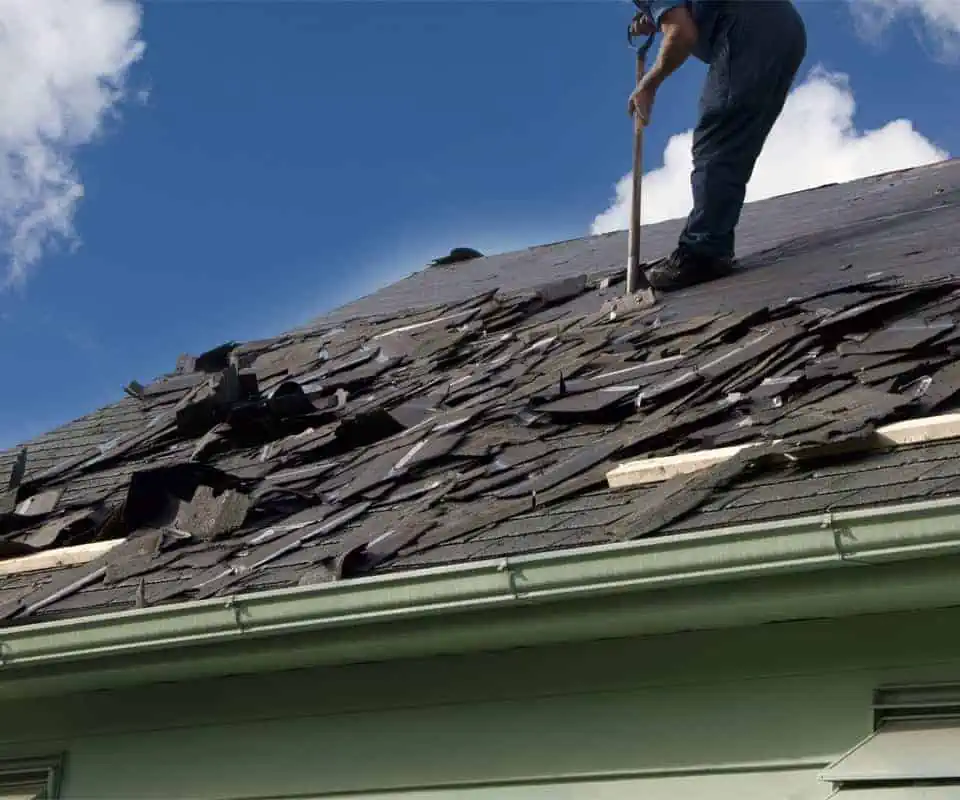
Why Quick Roof Repairs Matter in Brandon’s Climate
Brandon’s average humidity hovers around 85%, which means roofs stay damp long after a storm passes. Combined with frequent severe weather and intense summer heat, that moisture speeds up wear on shingles, tiles, and metal roof panels.
Prompt repairs and ongoing maintenance help prevent mold, wood rot, and structural weakening caused by trapped moisture — especially in shaded neighborhoods with heavy tree cover.
Dynamic Roofing Concepts is local to Brandon, not a storm-chaser, so you always get reliable, long-term service from a team that knows how Florida weather really affects your roof.
Common Storm Damage in Brandon, FL
| Type of Damage | Visible Signs | What to Do |
|---|---|---|
| Lifted shingles | Curling, missing granules | Call for inspection |
| Flashing damage | Rust or loose metal | Schedule repair |
| Attic leaks | Damp insulation | Check within 48 hours |
| Gutter issues | Overflow or debris buildup | Clear debris fast |
⭐⭐⭐⭐⭐
“Fast, honest, and thorough. The team at Dynamic Roofing Concepts took care of my storm repairs with no stress.”
— Carlos R., Brandon, FL
Protect Your Brandon Home Before the Next Storm
Dynamic Roofing Concepts provides trusted storm damage roof repair in Brandon, FL using certified GAF materials, reliable warranty coverage, and long-term maintenance options.
We proudly serve Brandon, Valrico, and the greater Tampa Bay area with honest inspections and dependable roofing services.
Schedule your free inspection or estimate today.
📍 416 E Windhorst Rd, Brandon, FL 33510
Financing options are available through our roof financing partner.
FAQs About Storm Damage Roof Repair in Brandon, FL
How soon should I inspect my roof after a storm?
Within 24–48 hours, once weather conditions are safe. Quick checks prevent hidden water damage and mold growth.
Does insurance cover storm-related leaks?
Most Florida policies cover wind or hail damage. Wear-and-tear leaks are typically excluded, but keeping clear inspection records helps your home insurance claim.
How can I tell if there’s hidden damage?
Watch for dampness in the attic or loose roof tiles. A professional roof inspection confirms the extent and preserves your warranty.
What temporary fixes help before repairs?
Use tarps or sealant as short-term protection until a roofer arrives—especially on flat roofs or near chimney seams.
Why is Brandon’s humidity a concern after storms?
Moisture accelerates mold growth and material decay, so Brandon's high humidity provides the perfect environment for rapid growth. Fast storm damage repair and scheduled maintenance keep your roof strong in Florida’s climate.
Need fast roof repair or inspection after a storm?
